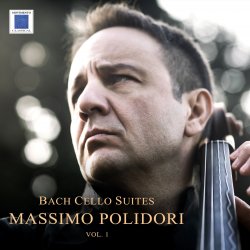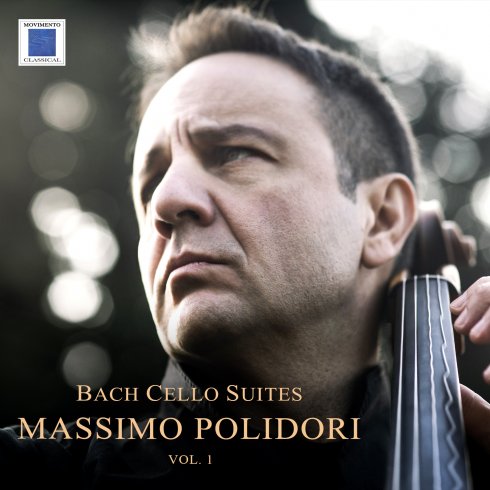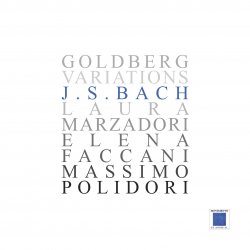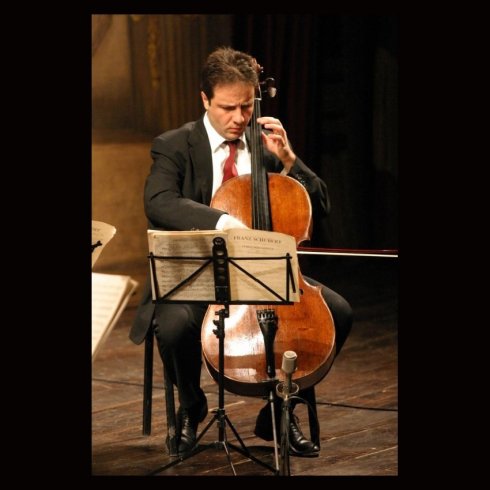

Bach: Cello Suites vol .1
My first encounter with Johann Sebastian Bach’s solo ceffo suites dates back to before I even started playing the celio. Being the last of four brothers who were musicians , I was given the box set of the suites performed by AnnerBylsma as a present at the age of six, and although I did not understand much then, those melodies fascinated me from the very beginning . lt wasn’t unti! a few years later, at the age of eight, that I finally started playing the celio , but that first hearing has always retained a special value. The Ceffo Suites were composed by Bach in the early 18th century, when the celio was emerging as a solo instrument. With these six suites, Bach explored the technical expressive possibilities of the instrument with a strikingly modem approach . Each suite consists of a sequence of dances: beginning with a prelude, followed by allemande, corrente, sarabande , menuetti (Bourrée and Gavotte) and concluding with a jig . My relationship with the dances isso dose, that having had the opportunity to perform them with the corps de ballet of La Scala, allowed me to better understand the nature and dancing character of each movement. lt was on this occasion that I was reminded of Antonio Janigro’s words when confronted with a pupil who was making too persona! an interpretation of rhythm:’ Darling, you cannot do ali this stealing, the dancer cannot remain suspended in the air..’. Each suite has its own character, and from the first to the sixth suite there is an increasing and exponential technical-musical difficulty; and that is why they represent for every cellist the natural travelling companion not only in the conservatory years. lt is therefore natural to bind oneself, at various stages of one’s Iife, to one suite in particular. This bond , which develops over time, is one of the aspects that fascinates me most about Bach’s music: each listening reveals unexpected meanings and depths. Now that I have been studying them for years, I like to think that I can set a point of arrivai and restart in mympersona! relationship with these six masterpieces by releasing these recordings, (which were made a few years ago), aware that in a few years I might change my mind on many interpretative choices . Forme, the Suites for solo ceffo are not only a musical masterpiece and an inexhaustible source of inspiration, but an endless journey, and their value never ends, just like the bond I have developed with them since that first box set I received years ago .



Massimo Polidori
Born in Turin, Massimo Polidori completed his first studies with Maestro R. Brancaleon in the Musical Academy of his city, obtaining a diploma as a violoncellist with full marks. Later, he went on to perfect his studies with A. Janigro, M. Brunello and D. Schafran. In 1996 he won first prize as a virtuoso at the Geneva Musical Academy under the guidance of Daniel Gronsgurin. Starting in 1995, he held the position of primary violoncello soloist for the following five years in the "Camerata Bern", with which he toured the world in the company of musicians of great standing such as A. Shiff, H. Holliger, A. Chumachenco and T. Zethmair, while also recording for Decca, Berlin Classic and Philips. In February 2000, he was chosen by MaestroRiccardo Muti to take up the position of first violoncello in the Scala's Theatre Orchestra. He has always been strongly committed to developing his repertoire of chamber music. He also teaches at the "Accademia di Perfezionamento" for the Scala's orchestra professors.
